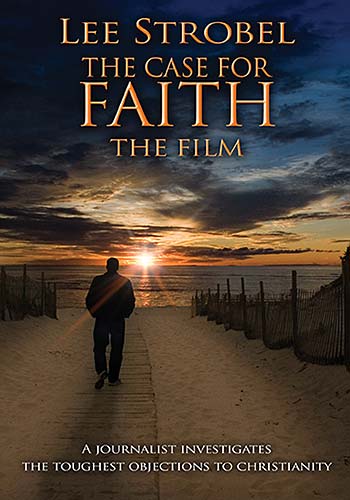Post Author: Bill Pratt
In our continuing series, today we look at the fact that mental properties are self-presenting and physical properties are not. Philosopher J. P. Moreland explains what self-presenting means:
Mental properties – such as feeling sad, experiencing red, having a thought that three is an odd number – are self-presenting. They present themselves directly to the knowing subject. They are psychological attributes that are directly present to a subject because that subject simply has them immediately in her field of consciousness. There are two pieces of evidence for the claim that mental properties are self-presenting while physical properties are not: I can have private access to my mental properties and not to my physical ones, and I can know my mental properties incorrigibly but not my physical ones.
Private Access
I have private access to my own mental life. I am in a privileged position to know what I am thinking and sensing. Whatever ways you have for finding out if I am presently sensing a red afterimage (by analyzing my brain states or by looking at my behavior, say, my shouting ‘red’ after looking at the flag), those ways are available to me, too. But there is a way of knowing I am having a red afterimage that is not available to anyone else – my own immediate awareness of my own mental life. I am in a position to know my own mental life in a way unavailable to anyone else.
But that is not the case for any physical property, including my brain and its various states. Physical objects, including my brain, are public objects, and no one is in a privileged position regarding them. A neurophysiologist can know more about my brain than I do, but he cannot know more about my mental life. I have private, privileged access to my mental life because it contains self-presenting properties. Physical properties, however, are not self-presenting.
Incorrigible
If something is incorrigible to a knowing subject, then that subject is incapable of being mistaken about that thing. Suppose I am experiencing what I take to be a green rug. It is possible that the rug is not there or that the light is poor and the rug is really gray. But it does not seem possible for me to be mistaken that I seem to see something green, that I am having a green sensation. The former claim is about a physical object (the rug); the latter claim is about a mental state within me – my seeming to see something green, my having a green sensory experience.
Again, I can be wrong if I think that a chair is in the next room. But I cannot be wrong about the fact that I at least think the chair is there. The former claim is about a physical object (the chair); the latter is about a mental state within me – a thought that I am currently having. In general, claims about physical states, including claims about my brain and its properties/states, can be mistaken. But if I am being attentive, I can know my sensory states (the ways I am being appeared to, the current sensory experiences I am having) and my episodes of thought (that I am having such and such a thought right now).
Moreland then summarizes the issue of self-presentation:
To summarize then, physical states/properties are not self-presenting, but mental states/properties are, as evidenced by the twin phenomena of private access and incorrigibility. Thus, physical states/properties are not identical to mental states/properties.

